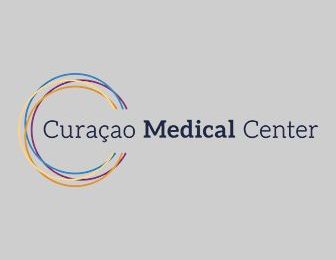Overview
In a heart muscle disease, the heart cannot contract or relax properly. Therefore the blood pumps around less well.
Cardiomyopathy is a collective name for diseases of the heart muscle. The consequences of cardiomyopathy are often a dilated heart muscle or a heart muscle that is thicker than normal.
Examine
The cardiologist can show a heart muscle disease with blood tests and an X-ray of your chest. Sometimes additional research is also needed, such as a heart biopsy and heredity research by family tree or DNA research.
Blood tests
In blood tests, we take one or more tubes of blood with a hollow needle. This blood is then examined in the laboratory by an analyst.
Blood tests, urine tests stool tests are necessary when the general practitioner or specialist wants to find out more about your health. The doctor also has research done to determine the course of disease and the effect of a treatment.
Heart film (electrocardiogram, E.C.G.)
With a heart film (E.C.G.) we measure the electrical activity of your heart muscle. The E.C.G device makes this visible in a graph on a screen or on paper. It’s a quick and safe investigation that doesn’t hurt.
Ultrasound of the heart (echocardiography)
In an echocardiography, the technician examines your heart with ultra-sound waves. These are high-frequency sound waves that you cannot hear or feel. They are also not harmful to your body. These sound waves are reflected back through the heart (echo). As a result, your heart can be seen on a screen during the examination.
The technician regularly makes recordings of your heart. This will give your cardiologist information about the movements and functioning of your heart muscle and heart valves. This allows the cardiologist to assess how the pumping function of your heart is and whether there are any abnormalities in the heart valves.


Holter (Heart rhythm registration)
With a holter, also called dynamic ECG, a recorder records your heart rhythm at home for at least 24 hours.
The recorder is about the size of (hefty) mobile phone. It’s in a bag that you can wear around your neck. During the examination, you must keep the ‘holter diary’.
The examination may take 24 hours or more.
Bicycle test (ergometry)
In a bicycle test, the technician makes a heart film (E.C.G.) while you exert yourself.
With exercise, the heart has to work harder and needs more energy and oxygen. As a result, abnormalities in the heart are more visible with a heart film (E.C.G.) during exercise than at rest. With a cycling test, the cardiologist can assess how the blood flow to your heart muscle is during exercise.
Cardiac catheterization
In a cardiac catheterization, the cardiologist examines the coronary arteries of the heart.
Through a tube in the artery, the cardiologist slides up a catheter. Through the special catheter, the doctor injects a small amount of contrast fluid into the coronary arteries. On the X-ray screen, the cardiologist can then see how the coronary arteries run, where they are narrowed and how severe the narrowing is. The cardiologist can use a cardiac catheterization as an examination but also as a treatment, such as a ‘dotter treatment.’ During cardiac catheterization, multiple examinations are sometimes done, such as an ‘ultrasound examination coronary artery (IVUS) or ‘measuring the (blood) pressure in the coronary arteries (Fractional Flow Reserve, FFR)’
There may be a number of reasons why you are receiving a cardiac catheterization, for example:
- you have chest pain (Angina Pectoris)
- there is a problem with your heart valve
- you have had a heart attack
- you have cardiac arrhythmias.
The cardiologist then wants to know exactly what your coronary arteries or your large body artery look like. You can read more about this research here.
MRI and MRA examination
With the help of the MRI examination, tendons, muscles, brain tissue, cartilage, intervertebral discs, organs or blood vessels can be made visible.
An MRA examination is almost the same as an MRI examination, but in MRA examination only the blood vessels are examined. To make the blood vessels clearly visible, you will usually be given a contrast fluid via an infusion. For the sake of readability, we only speak of ‘MRI examination’ below, but all information also applies to the MRA study.


Treatments
The treatment of cardiomyopathy consists of medications and a healthy lifestyle. Sometimes other treatments are possible, such as surgery.
Outpatient clinics and departments
Cardiology
Cardiologists specialize in recognizing and treating conditions of the heart and large blood vessels.

